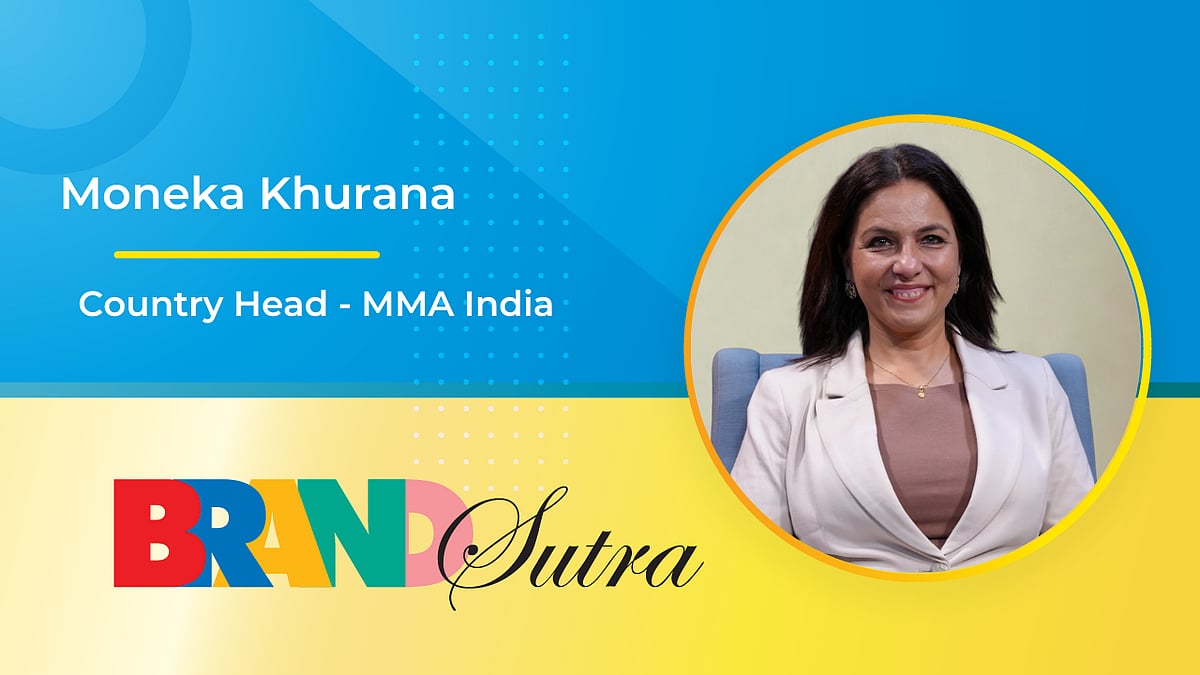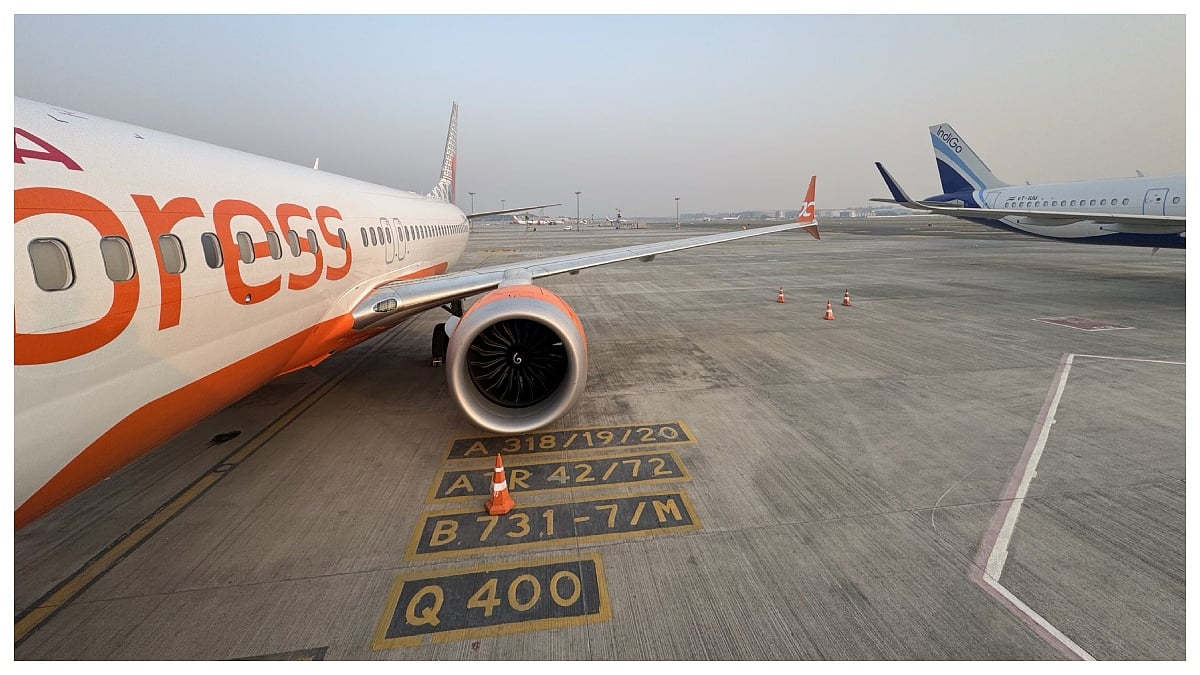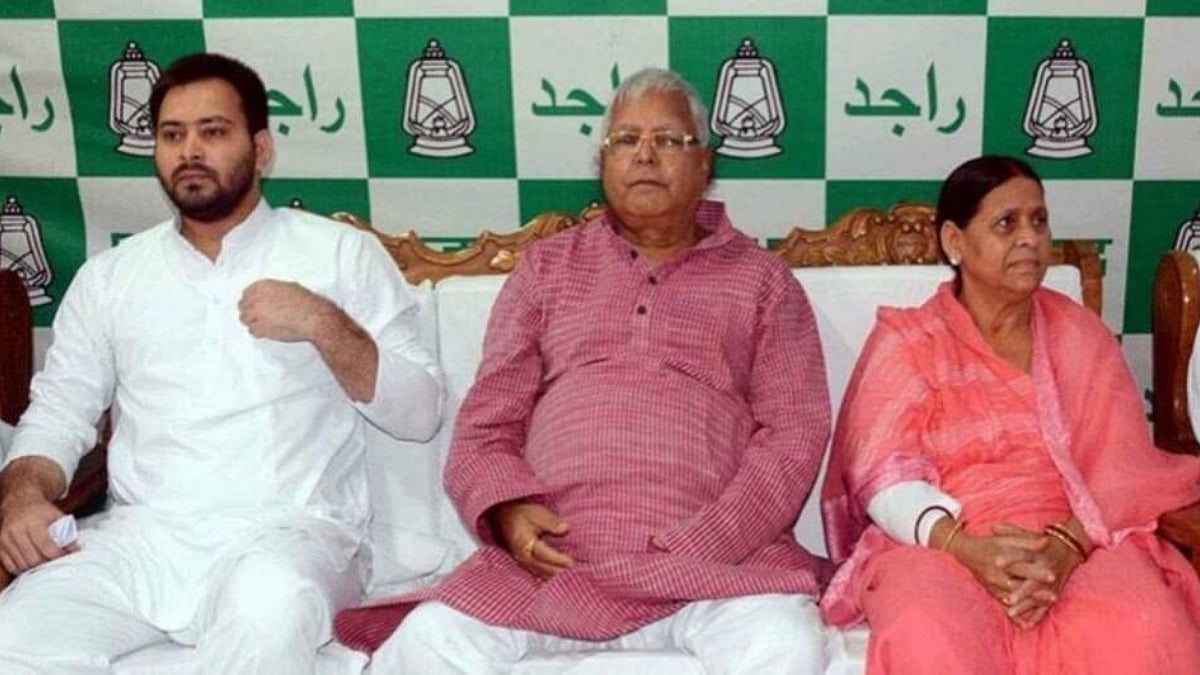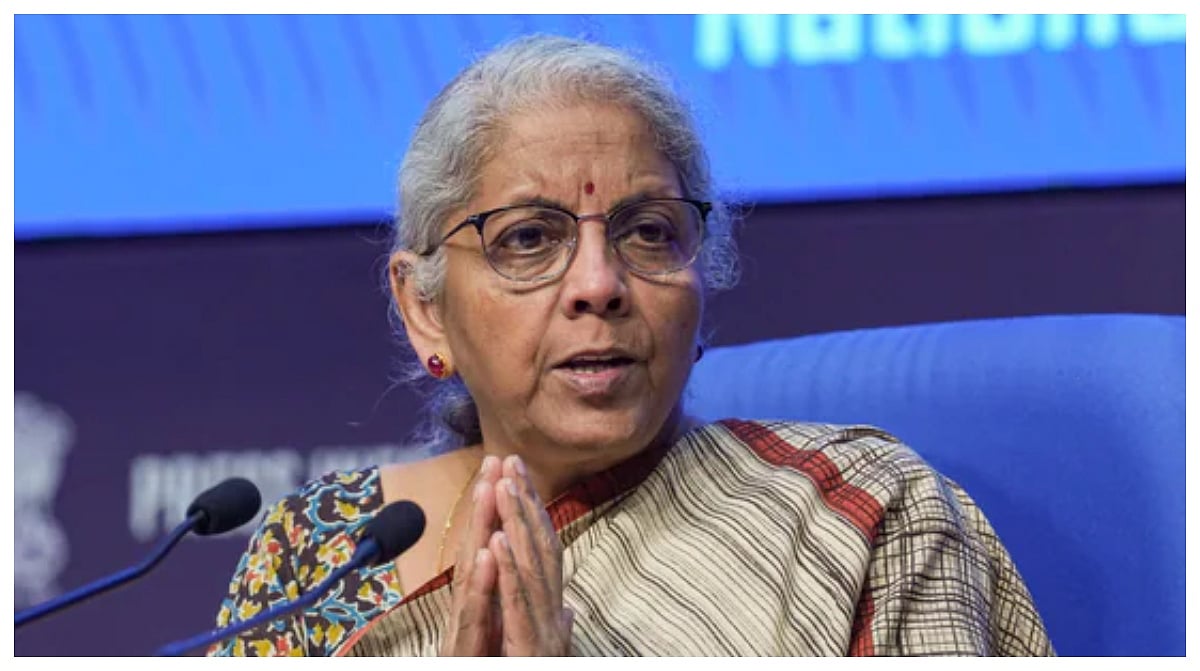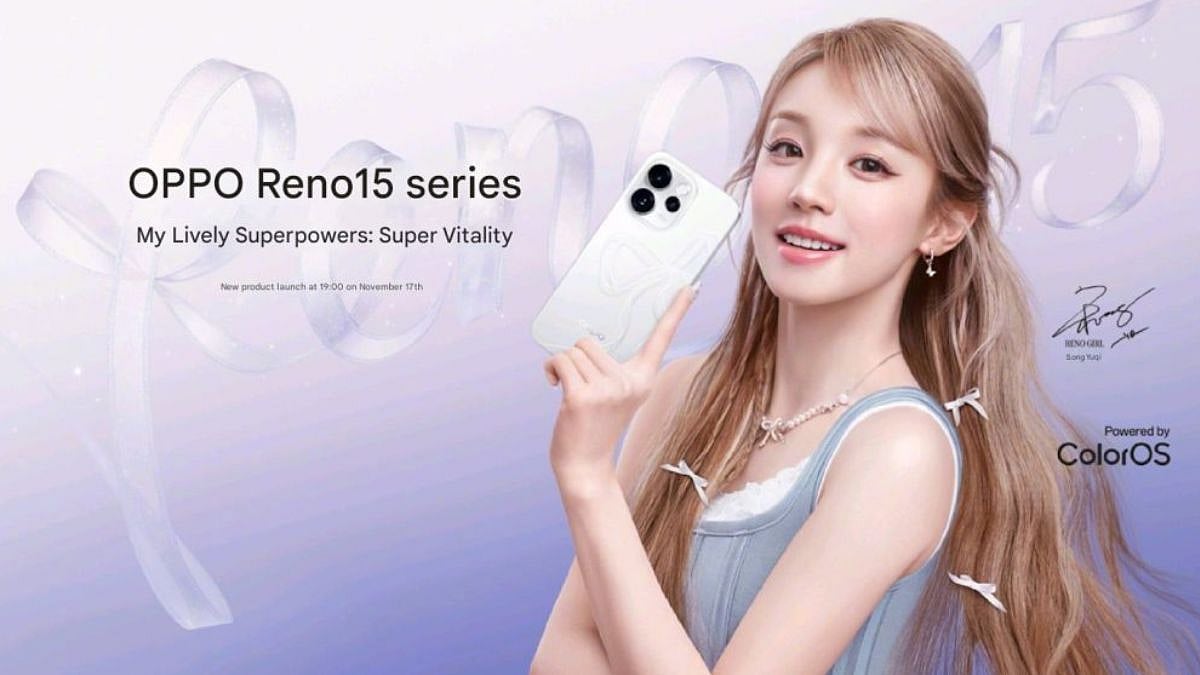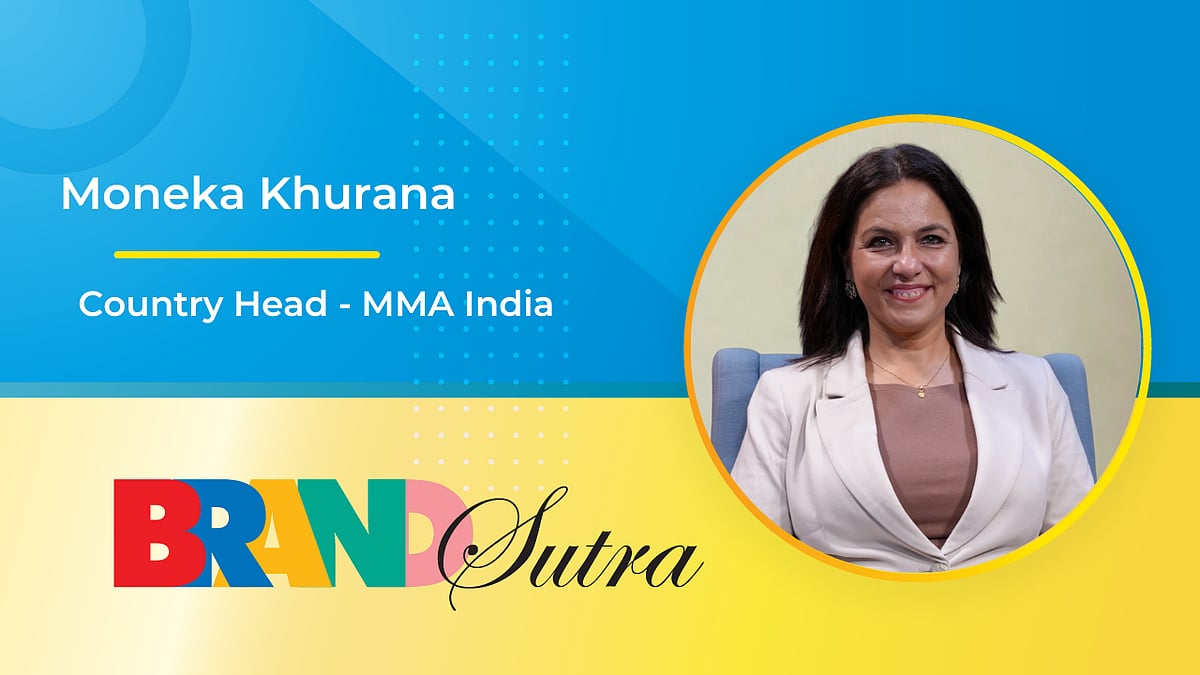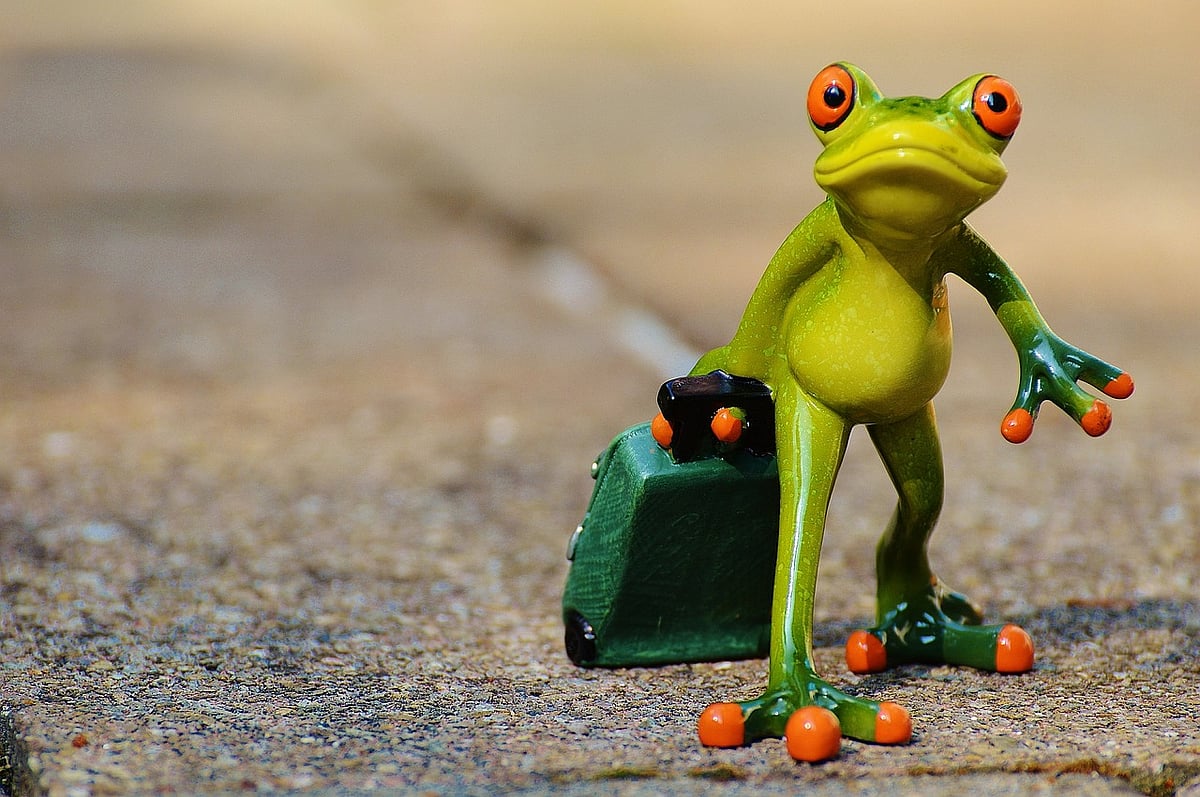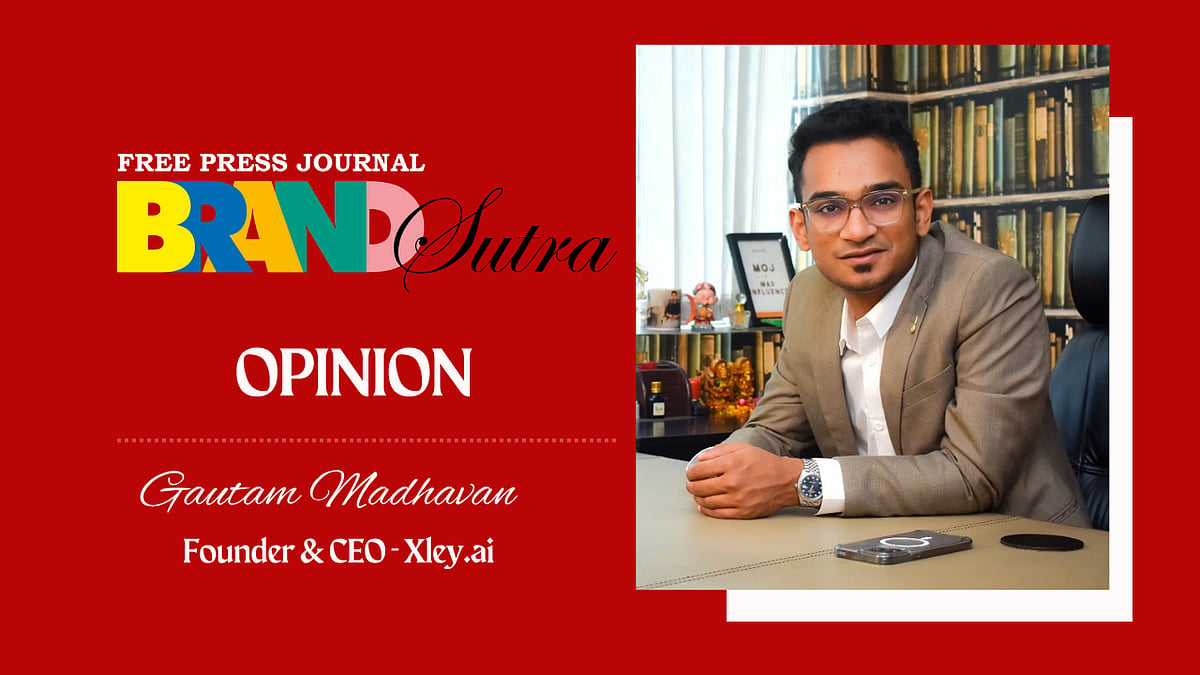As marketing undergoes seismic shifts - driven by AI, the rising Gen-Z, the dynamic interplay between legacy and challenger brands, the quick comm boom and more, we delve into the key narratives that will shape the future of marketing excellence.
Moneka has witnessed every cycle — from the rise of email and social media, to the TikTok era, Instagram, and now AI. As Country Head of MMA India, and a digital-first advocate, she intends to give back — to translate her experiences into something that could serve the marketing ecosystem.
What are some top challenges marketers are facing today, and how can they be overcome?
Powering growth amid resource constraints has become the new reality. Marketers today are being asked to do more with less. There’s also a growing need for marketers to truly understand which platforms and investments are moving the needle, and which aren’t. The ability to justify every rupee spent has become as critical as creativity itself. Add to that the fight against consumer fatigue in a saturated digital landscape.
Bias-busting has also become a critical skill — we must constantly ask, “Who built this model, and whose voices are missing?” Ultimately, the most successful leaders are those who embrace continuous learning and reverse mentoring — staying open to new perspectives from Gen Z consumers, creators, and emerging platforms.
What can legacy and challenger brands learn from each other? And is there a brand that you think deserves credit for mastering that balancing act?
Legacy brands lead with scale, trust, and staying power, but they can often get weighed down by process and bureaucracy. Challenger brands, on the other hand, are rewriting the rules with speed, agility, and an ear closest to the consumer.
Both sides have something to gain from the other. Incumbents can borrow from the challengers’ playbook of experimentation, digital-first thinking, and frugal innovation, while insurgents can learn from legacy players’ rigour, institutional knowledge, and brand-building discipline. A prime example of this is HUL’s acquisition of Minimalist, which bridges traditional scale with new-age agility.
Interestingly, in today’s fragmented landscape, local brands have proven to be significantly more agile, responding faster to consumer needs and market shifts. Yet, our measurement systems haven’t caught up. Traditional tools like Nielsen often fail to capture the true impact of these unorganised or emerging players, creating a skewed picture of the market. Understanding why consumers choose what they do often reveals why local challengers thrive despite smaller scale.
What makes creating regional content so imperative? And can you draw insights from a brand campaign that beautifully used regional media?
Regional media is where language, culture, and creativity converge. Many of our SMARTIES Award-winning campaigns leveraged vernacular content to drive hyperlocal growth. Take Moti Soap, a heritage brand from Maharashtra, which created a musical Diwali anthem — “Din Din Diwali” — with Yashraj Mukhate and Marathi creators. It turned a ritualistic morning bath into a cultural celebration. Or Coca-Cola’s Coke Studio Season 2, which brought together regional artists from across India to show how music can drive both emotion and commerce. Regional storytelling is imperative because the next billion consumers are mobile-first and local-language-first. And hyper-personalisation at scale isn’t possible without regional media in the mix.
MMA recently did a Q-com report. What insights stood out to you the most?
Quick commerce currently accounts for around 10% of India’s e-retail market, and is projected to double to nearly 20% — a USD 40–50 billion opportunity — by 2030. The key drivers behind this momentum include speed, impulse-driven shopping, growing trust in premium products, and festive gifting habits that increasingly play out on Q-Com platforms.
Interestingly, Tier-2 and Tier-3 cities are leading the charge, underscoring the democratisation of instant delivery and how it’s reshaping consumption patterns beyond metro markets.
But ultimately, Q-Com isn’t just about speed — it’s about how brands integrate into consumers’ everyday lives, using real-time data, contextual relevance, and ultra-personalised offers to drive deeper engagement and loyalty.
Tell us about the gender-gap in AI and what should be done to make AI more inclusive.
The gender gap in AI is real, and it runs deep — from the datasets we train on, to the teams designing the algorithms, to the leadership driving adoption. When the inputs are biased, the outputs inevitably follow suit — and that can shape skewed marketing outcomes at scale.
At MMA, we’ve established an AI Inclusivity Taskforce, working closely with leaders like Kirthiga Reddy (Verix) and AI Kiran, to develop frameworks for inclusive model training, representation, and measurement of outcomes. At the end of the day, the ROI of women-led AI isn’t just moral — it’s strategic.
Inclusivity, of course, extends beyond gender. For instance, a recent IMDA study found that nearly 70% of bias incidents in AI language models occur in regional languages. In a country as linguistically rich as India, that’s a serious concern. If AI can’t understand the language of its users, it risks reinforcing exclusion instead of bridging it. Solving for this means building linguistically inclusive datasets, local-language models, and diverse developer ecosystems that represent India in all its complexity.
If we don’t solve for inclusivity now, AI risks becoming another echo chamber.
(Published as part of the BrandSutra x MMA India series)
